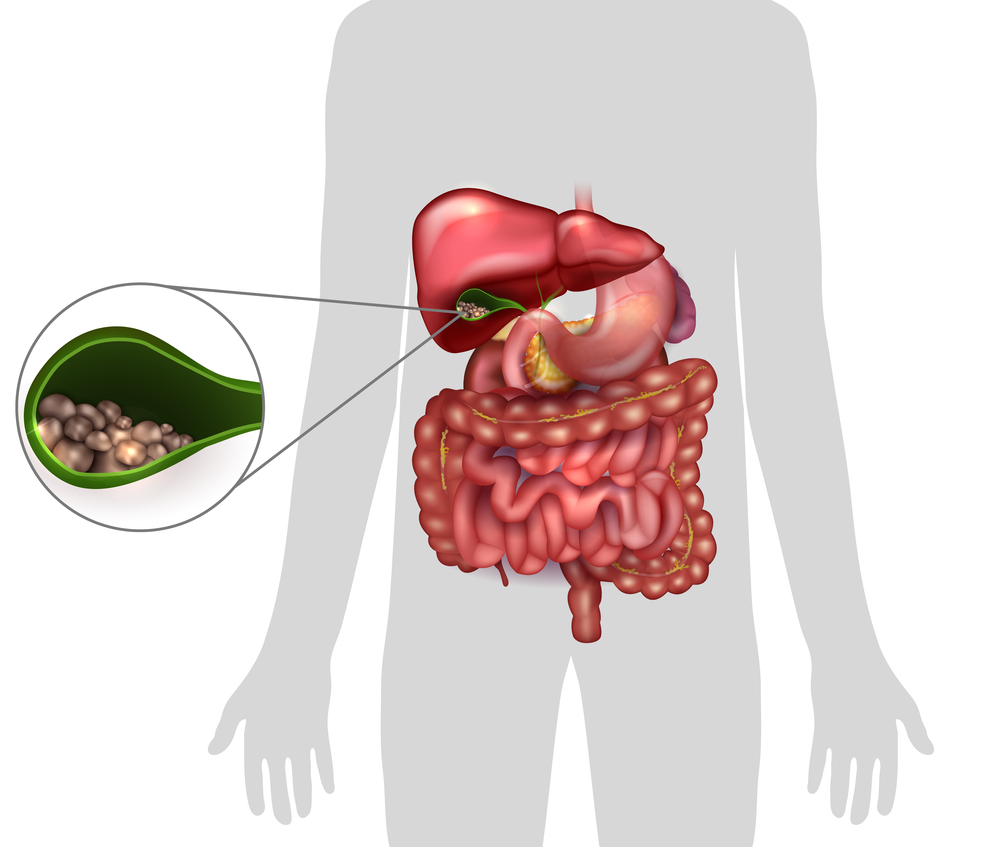Better Measures Needed in Morocco to Avoid Underdiagnosis of Gaucher Disease, Case Report Suggests
Written by |

Morocco needs better facilities specialized in the screening, diagnosis, and management of Gaucher disease to prevent underdiagnosis of the disorder, a report of two cases suggests.
Additionally, clinicians should consider other disease markers besides β-glucocerebrosidase, due to the fact that nearly 1 in 5 patients have normal levels of the protein, according to the report.
The study, “Gaucher Disease: An Underdiagnosed Pathology in the Eastern Moroccan Population,” was published in the Journal of the International Federation of Clinical Chemistry and Laboratory Medicine.
Gaucher disease is caused by a deficiency in the enzyme β-glucocerebrosidase encoded by the GBA gene, which leads to the abnormal accumulation of lipids.
The disease has three types, the most common of which is type 1, characterized by a lower number of different blood cell types, an enlarged liver and spleen, and bone lesions.
Diagnosing metabolic disorders such as Gaucher disease can be difficult and time-consuming, which has led to an underdiagnosis of this disorder in developing countries. In this case, researchers in Morocco reported on two patients diagnosed at a late age.
The first patient was a 37-year-old man who was admitted at the Al Farabi regional hospital, with anemia, persistent pale skin, and an enlarged spleen.
Lab test results showed he had low levels of platelets and red and white blood cells, his liver and kidney function was normal, and he tested negative for hepatitis B and C and HIV.
Further tests showed that his spleen was so large it was compressing other organs, but his liver was a normal size. A myelogram — an imaging test used to examine the spinal canal — showed enlargement of the blood marrow and the presence of Gaucher cells — those that accumulate lipid droplets characteristic of Gaucher disease.
The patient was diagnosed with type 1 Gaucher disease based on the presence of Gaucher cells and high activity of disease markers such as chitotriosidase and ferritin. However, he had normal activity of β-glucocerebrosidase.
His spleen was removed, and further examination showed it contained many Gaucher cells.
The second patient was a 26-year-old man with no significant medical history who was admitted to the Mohammed VI University Hospital in Marrakesh with symptoms such as enlarged spleen, bone pain, fatigue, pale skin, frequent nose bleeding, and abdominal pain that had lasted six months.
Further examination showed that he had anemia, reduced levels of white blood cells, and abundant Gaucher cells in his bone marrow. He tested negative for hepatitis A, B, and C, and leishmaniasis.
A bone marrow biopsy suggested he had Gaucher disease, and the abdominal tomography showed high blood pressure in the veins that irrigate the abdominal organs and an enlarged spleen with areas of dead tissue.
He had slightly low levels of β-glucocerebrosidase and high levels of disease markers chitotriosidase, hexosaminidase, and ferritin, which confirmed the diagnosis of type 1 Gaucher disease.
The doctors started treatment with corticosteroids while they waited for enzyme replacement therapy to become available since this treatment is limited in developing countries.
The patients in this study were diagnosed at an average age of 32 years, while other studies had reported an average age at diagnosis of 17.4 years. This illustrates the tendency for underdiagnosis and late diagnosis in Morocco.
“Underdiagnosis of Gaucher disease in developing countries is explained among other factors by the lack of referral centers specialized in the diagnosis and management of this pathology,” the researchers said.
Therefore, “we reiterate the importance of standardizing diagnostic methods and setting up specialized laboratories,” they added.
It is also important to consider other markers such as chitotriosidase to avoid missing a diagnosis in cases when β-glucocerebrosidase activity is normal or close to normal.



